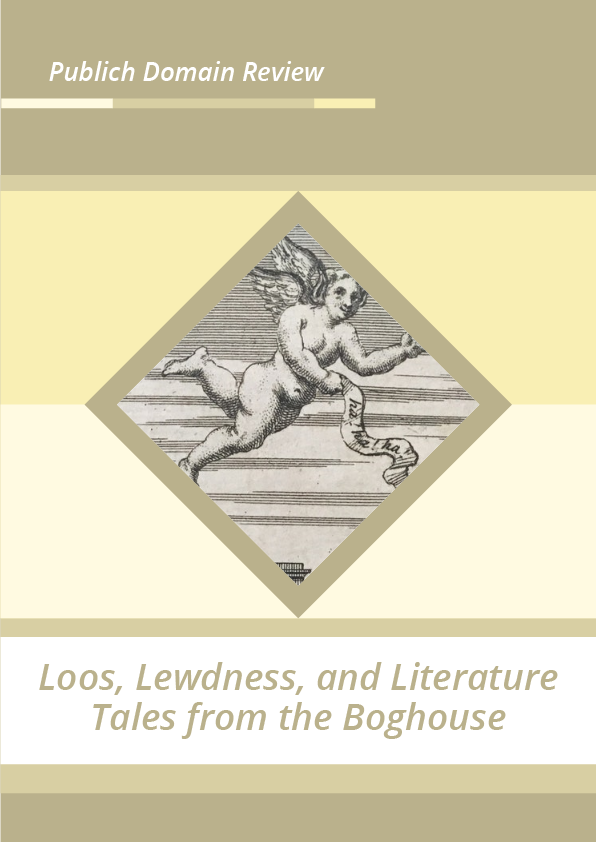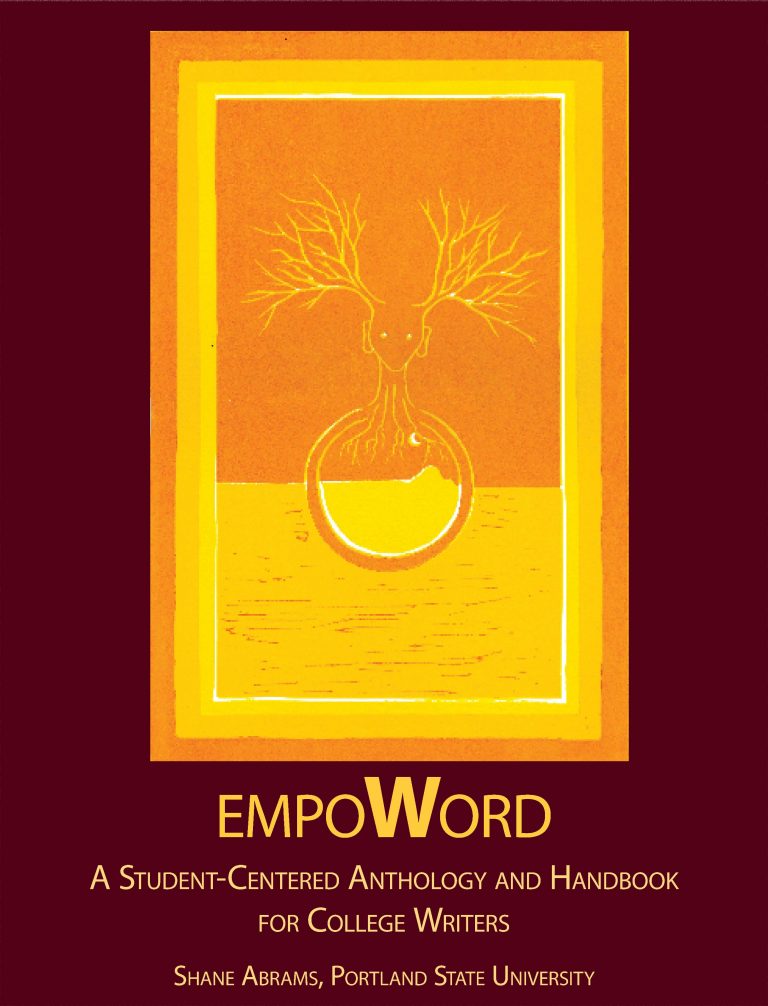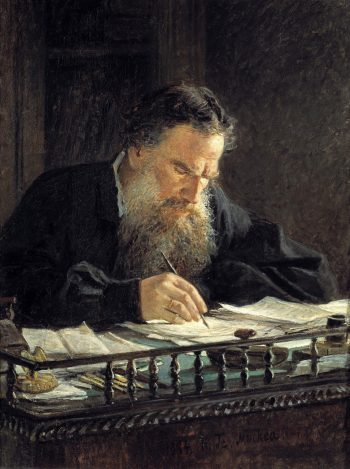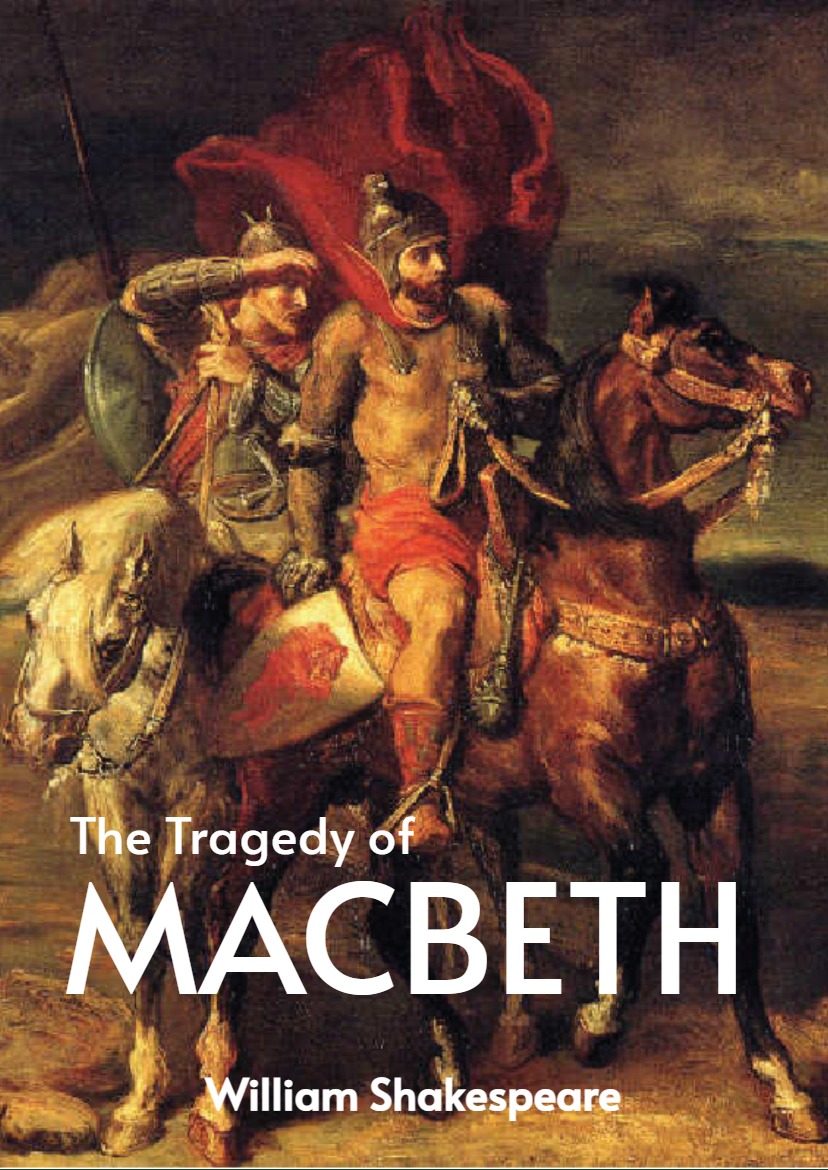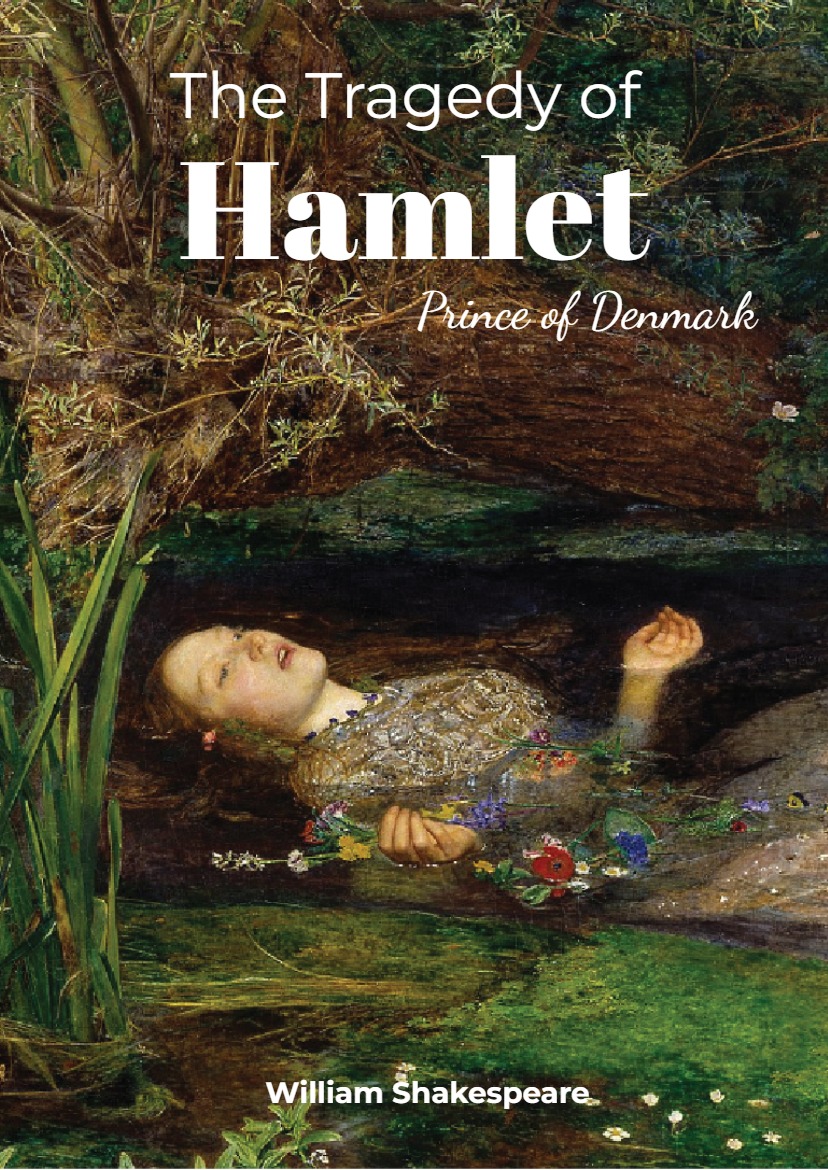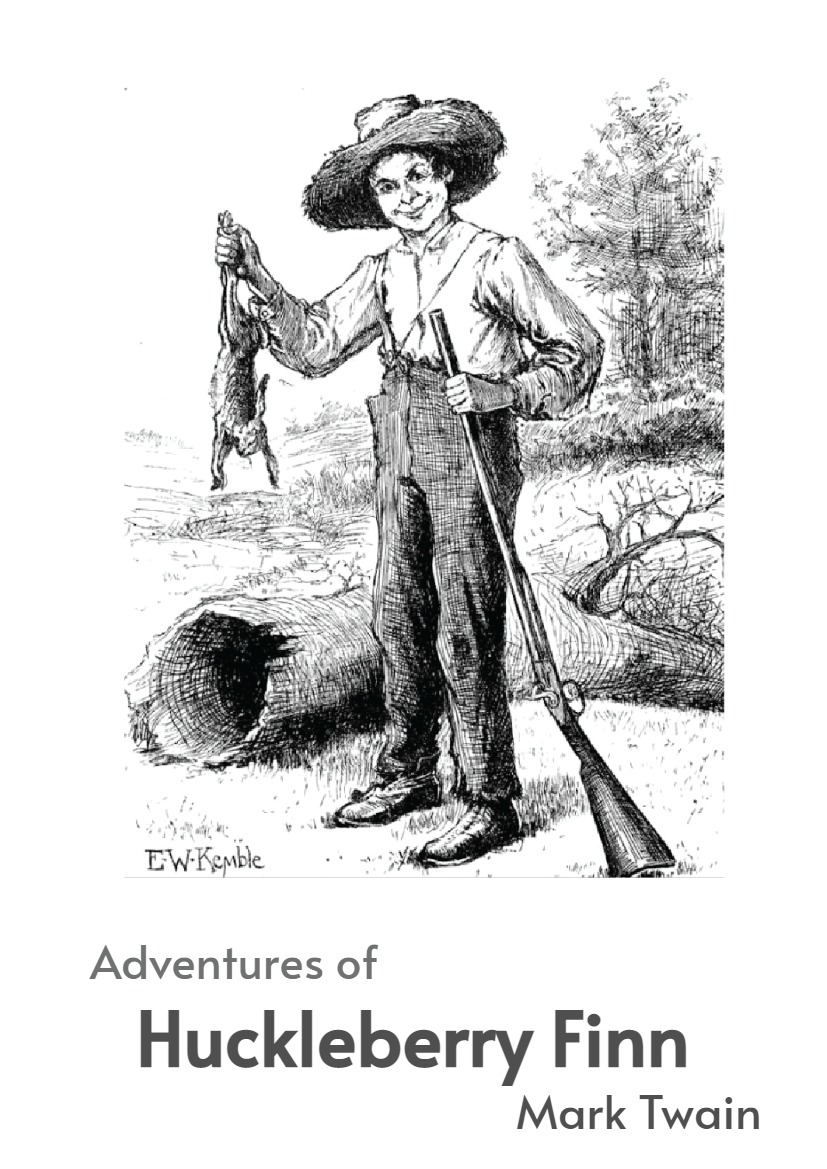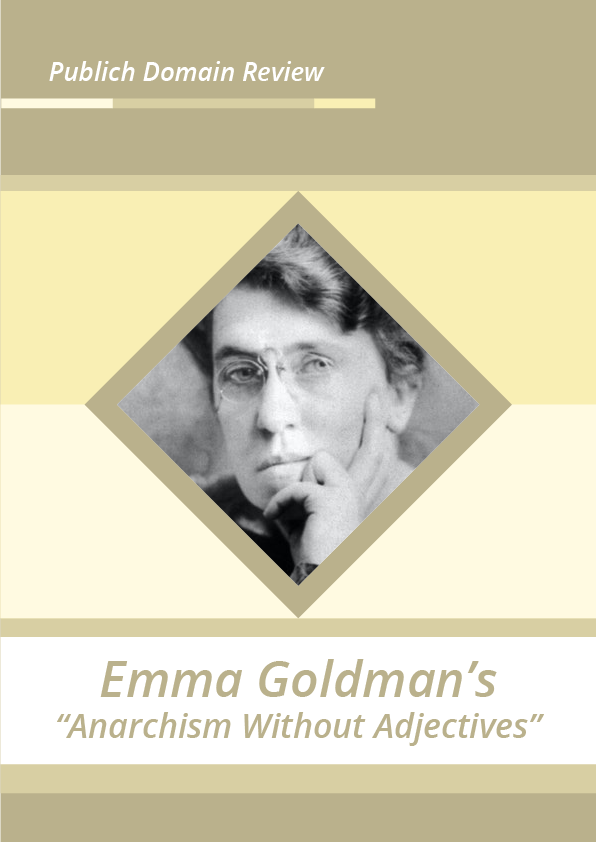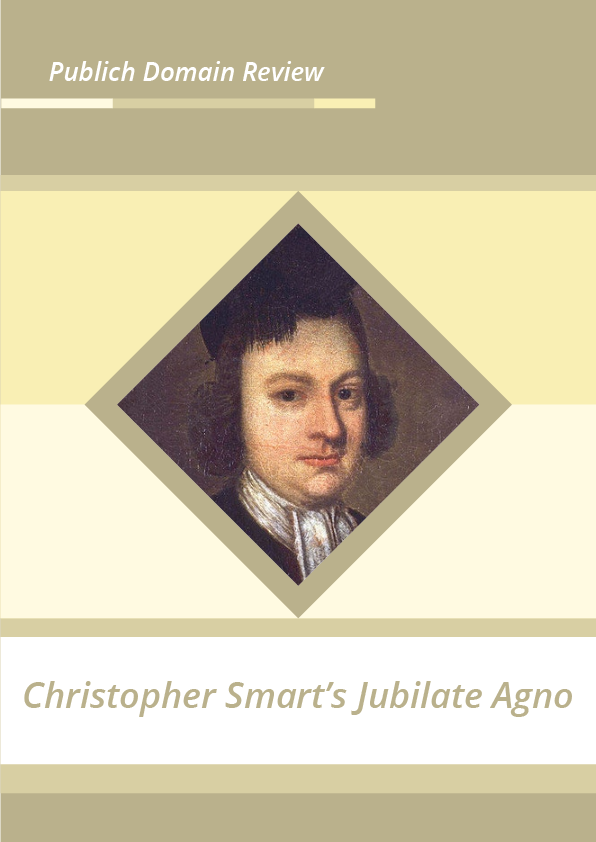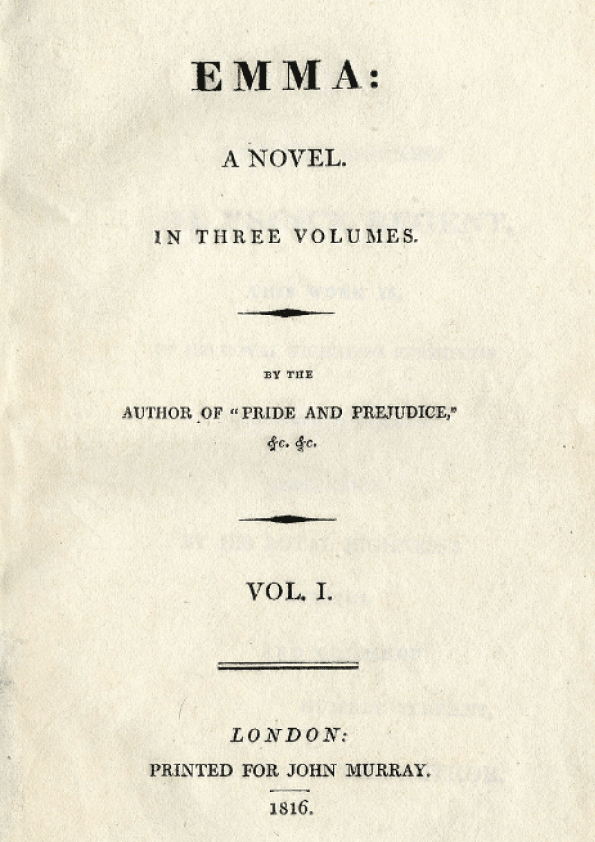In the early 1730s, a mysterious editor (known only as “Hurlothrumbo”) committed to print a remarkable anthology: transcriptions of the graffiti from England’s public latrines. For all its misogynistic and scatological tendencies, this little-known book of “latrinalia” offers a unique and fascinating window into Georgian life. Maximillian Novak explores.
The literary scholar Roger Lonsdale once suggested that our knowledge of eighteenth-century poetry has depended heavily on what our anthologies have decided to print.1 For the most part modern anthologies have, in turn, drawn on collections put together at the end of the eighteenth century and the beginning of the next, when the ideal for inclusion was essentially that of “polite taste”. The obscene, the feminine, and the political were by general cultural agreement usually omitted. Lonsdale is not the only scholar questioning the basis of the canon; indeed, revisionism is fast becoming one of the more ingenious — and useful — parlor games among academics. Modern readers are no longer so squeamish about obscenity nor so uncomfortable with the purely personal lyric as were the editors at the end of the eighteenth century. And we are hardly likely to find poetry written by women objectionable on that score alone. In short, the anthologies we depend upon are out of date.
Among the works that would never have been a source of poems for the canon, and one mentioned by Lonsdale, was the collection of verse published in four parts by J. Roberts beginning in 1731, The Merry-Thought: or, the Glass-Window and Bog-House Miscellany, commonly known simply as The Bog-House Miscellany. Its contemporary reputation may be described as infamous. James Bramston, in his The Man of Taste (1733), mentioned it as an example in poetry of the very opposite of “good Taste”. Polite taste, of course, is meaningful only if it can define itself by what it excludes, and nothing could be in worse taste than a collection of pieces written on windows, carved in tables, or inscribed on the walls of Britain’s loos.
Just as the compilers of a modern work, The Good Loo Guide, were parodying a well-known guide book to British restaurants, so the unknown compilers of The Merry-Thought had some notion, however discontinuous, of parodying the nation’s polite literature. Were not Alexander Pope and Jonathan Swift famous for their distinguished miscellanies? What could be more amusing than a collection of poems that represented a different poetic ideal — a collection of verse with none of the pretensions to artistic merit claimed by the superstars of the poetic world — the spontaneous productions of nonpoets in moments of idleness or desperation? Apparently some of the inscribers in the bog-houses used excrement as a medium for — as well as a subject of — their inscriptions (a somewhat literal prefiguring of T. S. Eliot’s claim that, to a certain extent, all poetry was a form of “defecation”. The Merry-Thought, then, is not even the kind of art that Dryden attacked in MacFlecknoe and Pope in his Dunciad — the work of bad poets masquerading as geniuses. Rather, it is a primitive form of folk art produced as a more or less spontaneous act of play or passion, and achieving some small degree of respectability only when practiced by a respected poet and collected with his more serious verse. Like modern “serial” graffiti, it could function as a form of communication since the first inscriptions often provoked those who followed to make their own contributions. (In this way too we could perhaps even see it as some kind of early incarnation of Twitter.)
Indeed, one of the more interesting aspects of graffiti is that in an impermanent form it testifies to the continuance over the centuries of certain human concerns. Studies of graffiti have often focused on particular modern conflicts between races or nations, on drug problems, and on specific political commentary. But such local matters aside, the content of modern graffiti is surprisingly like that of earlier periods: scatological observations, laments of lovers, accusations against women for their sexual promiscuity, the repetition of “trite” poems and sayings, and messages attributed to various men and women suggesting their sexual availability and proficiency. And if the political targets have changed over the years, many of the political attitudes have remained consistent. Graffiti is an irreverent form, with strong popular and anti-establishment elements. As actions common to all classes, eating, drinking, defecation, and fornication find their lowly record in graffiti-like form.
